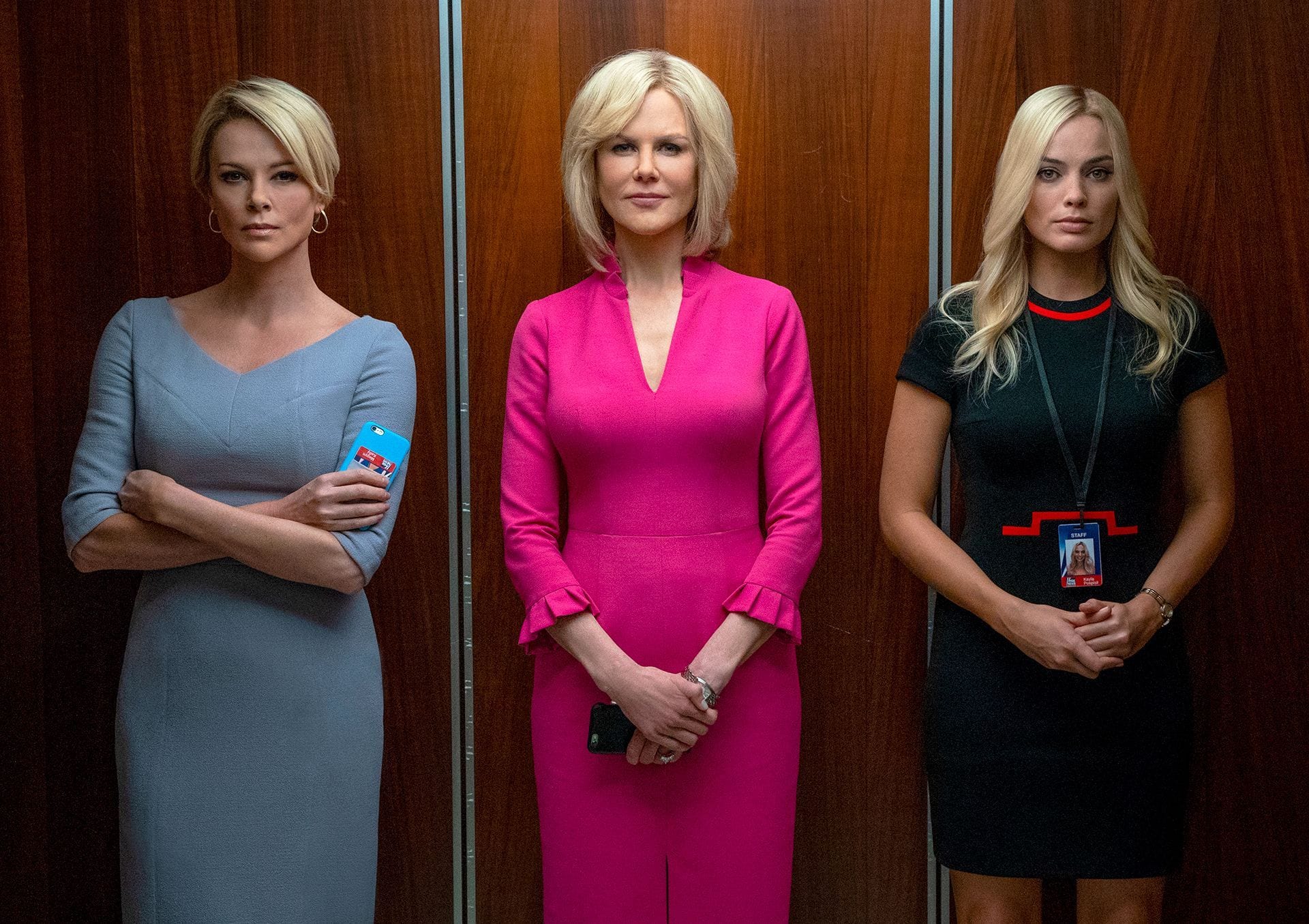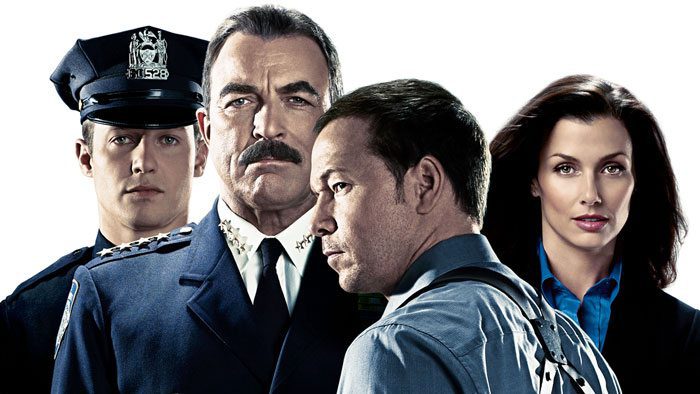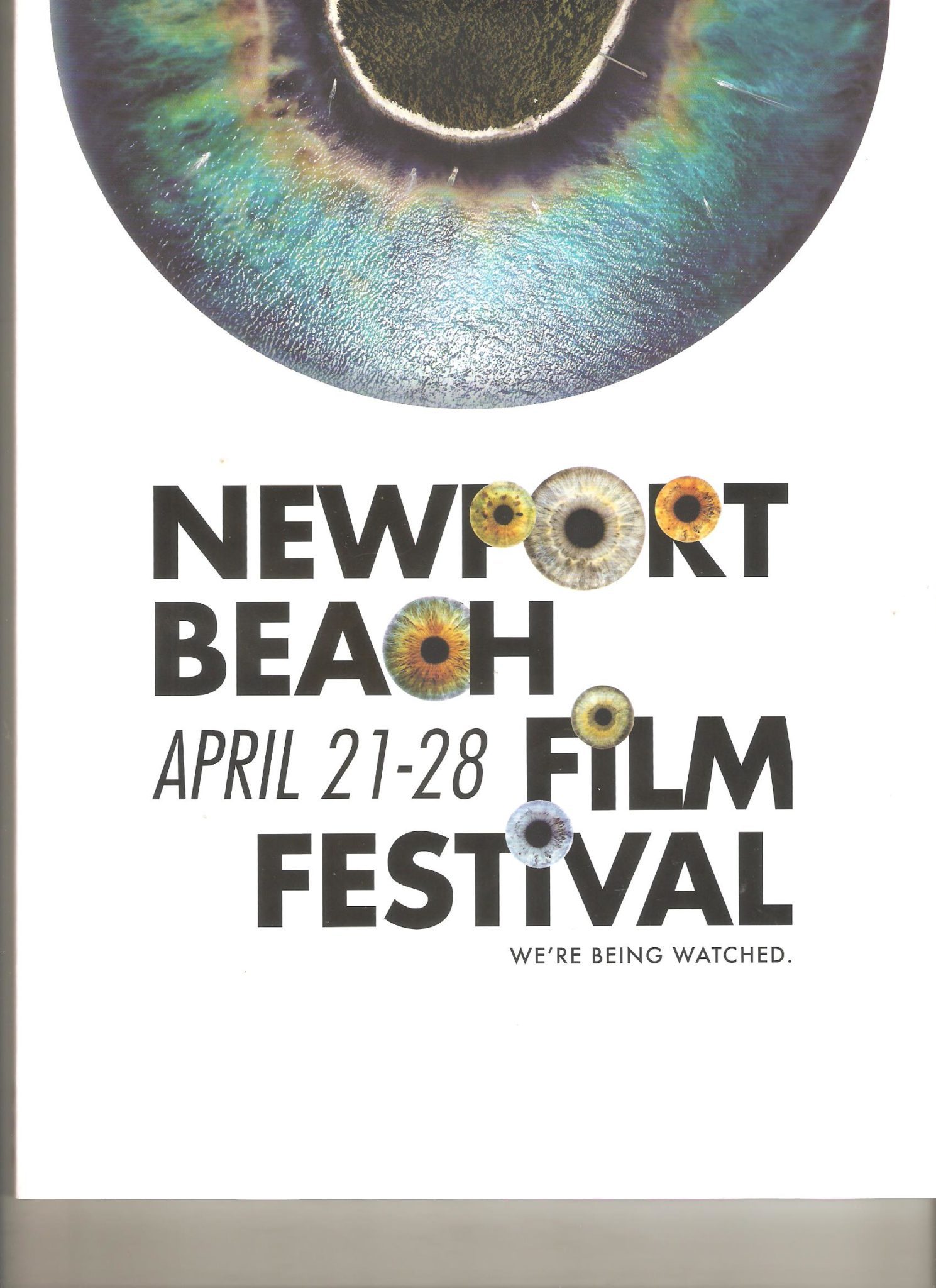The Times of Bill Cunningham is a documentary about the fashion photographer who was known for riding around New York City on his bicycle taking pictures of whatever interested him. Most of the film is taken from a 1994 interview done by director Mark Bozek. We get to hear Cunningham tell his own story as we see some of the millions of photographs he had taken over decades.

It is fair to say that Cunningham was obsessed with fashion. He relates that even as a child he couldn?t pay attention in church because of his fascination with women?s hats. He went on to design hats early in his career?even doing so while stationed in France during a tour in the Army in the early 1950s. He went on to open his own millenary shop as William J.
When he was given a used camera by a friend, his obsession with fashion found a new expression. He began to take pictures of anything that struck him. He was especially interested in ?the way women dressed in their own lives?.? His photograph of Greta Garbo in a nutria coat drew the attention of the New York Times. (They were interested in a photo of Garbo; Cunningham was interested in the nutria coat.)
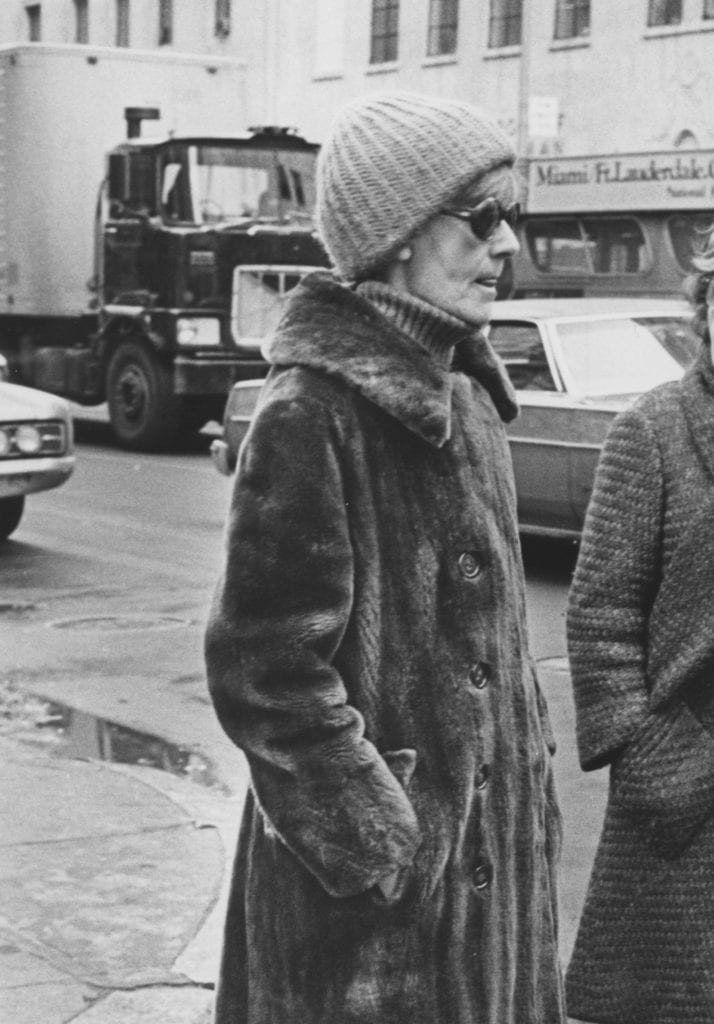
The film (in narration read by Sarah Jessica Parker) refers to him as ?the Nostradamus of fashion and society.? He saw himself not so much as a critic or even as a photographer. He thought of himself as a documenter. As such his photos were not limited to high fashion?although the fashion shows were a big part of his work. He was there for society events to see what celebrities were wearing, but he also took pictures of everyday people on the streets?including the homeless. He also chronicled the Gay Pride celebrations. (The New York Public Library asked for his collection of those photos for its archives.) He wanted to record the world not just as society wanted to be seen, but also to show us the world as it really was.
The film shows us the muted eccentricity of his life. Although he lived in the world of fashion, much of his life he wore hand-me-down clothes. (He says when someone would die, their widow would give him the clothes.) He lived in a small studio over Carnegie Hall with minimal furniture. (He refers to living in ?a cave?.) Even when the 2010 documentary about him (Bill Cunningham: New York) premiered, he didn?t see it. He stayed outside the theater photographing people.
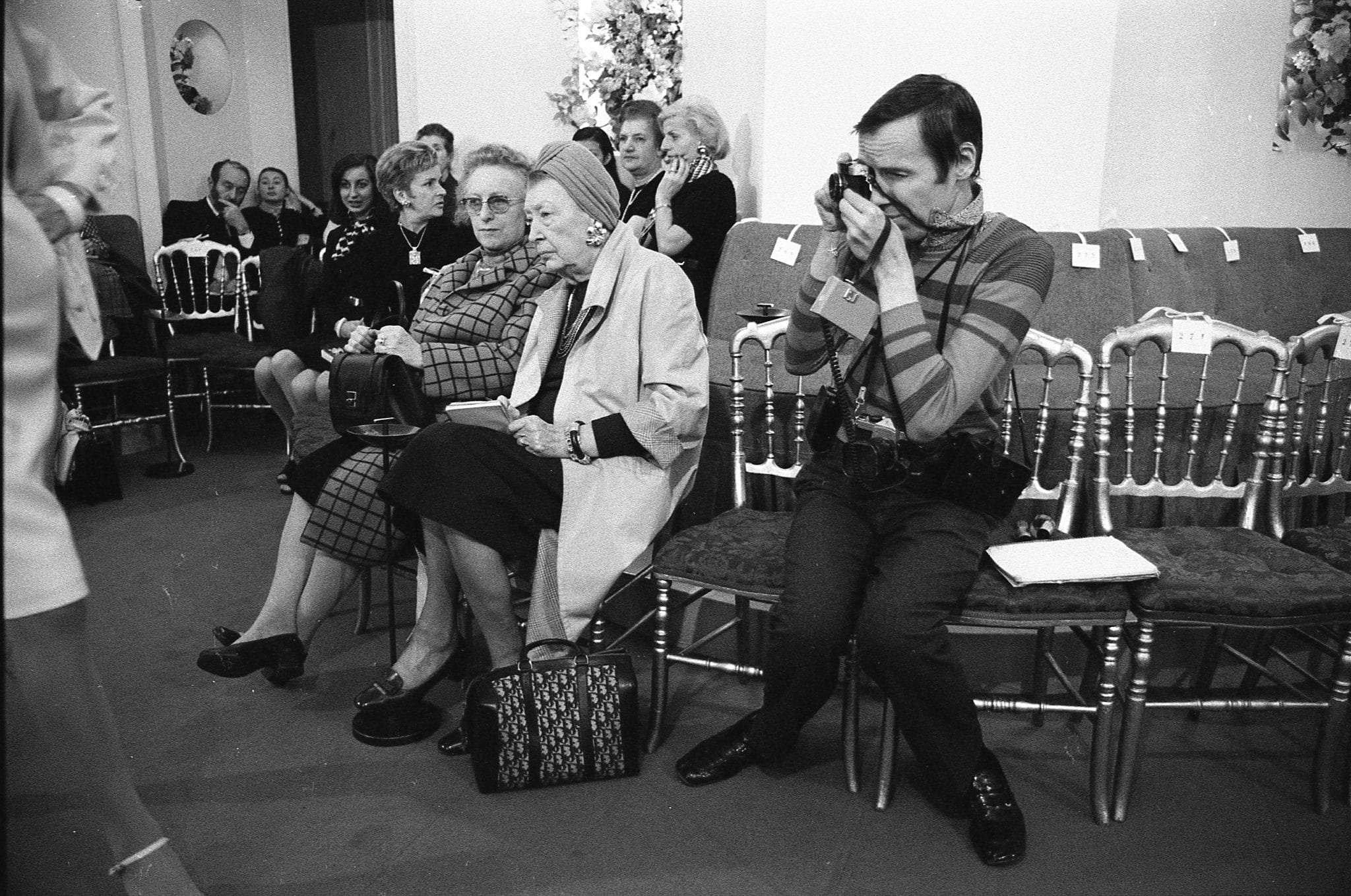
Where the film comes up short is that except for photos, it missed the last 20 years of his life, except for a few comments made about those years. But those are not his own reflections on life as we hear in the interview. Cunningham wanted to give us new ways to see the world. Instead this film just gives us a brief glimpse of what he saw.
Photos courtesy of Greenwich Entertainment


